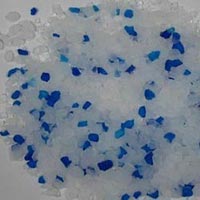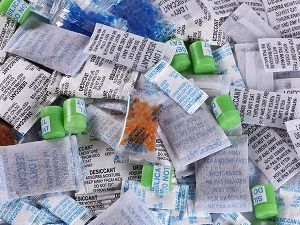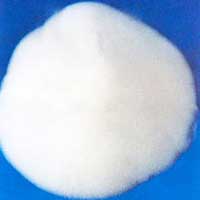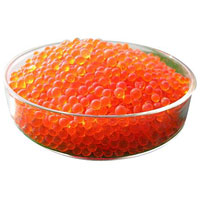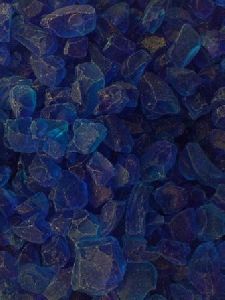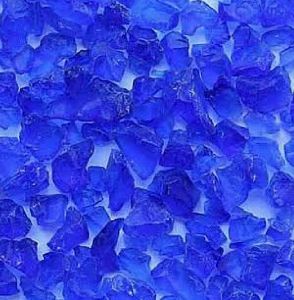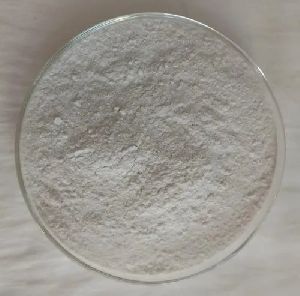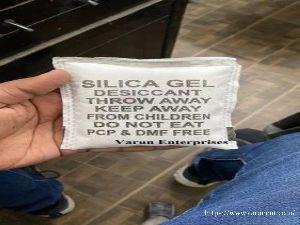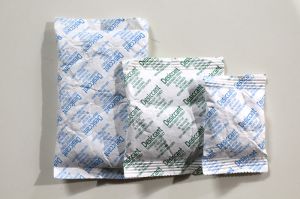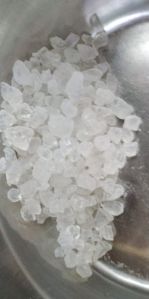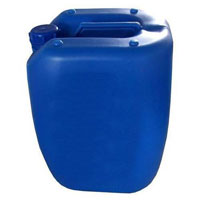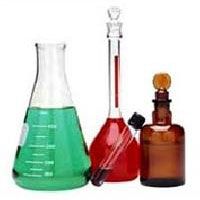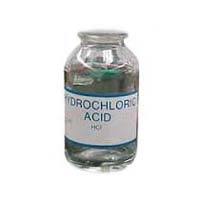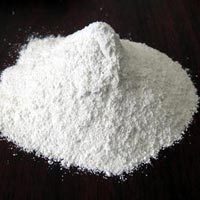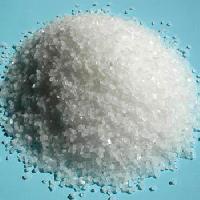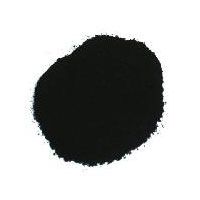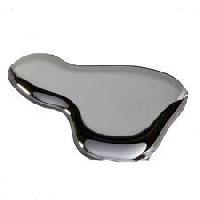Listing ID #1480660
Company Information
Ask for more detail from the seller
Contact SupplierIn column chromatography, the stationary phase, a solid adsorbent, is placed in a vertical glass (usually) column and the mobile phase, a liquid, is added to the top and flows down through the column (by either gravity or external pressure). Column chromatography is generally used as a purification technique: it isolates desired compounds from a mixture. The mixture to be analyzed by column chromatography is applied to the top of the column. The liquid solvent (the eluent) is passed through the column by gravity or by the application of air pressure. An equilibrium is established between the solute adsorbed on the adsorbent and the eluting solvent flowing down through the column. Because the different components in the mixture have different interactions with the stationary and mobile phases, they will be carried along with the mobile phase to varying degrees and a separation will be achieved. The individual components, or elutants, are collected as the solvent drips from the bottom of the column. Column chromatography is separated into two categories, depending on how the solvent flows down the column. If the solvent is allowed to flow down the column by gravity, or percolation, it is called gravity column chromatography. If the solvent is forced down the column by positive air pressure, it is called flash chromatography, a "state of the art" method currently used in organic chemistry research laboratories.
Â
The Adsorbent
Silica gel (SiO2) and alumina (Al2O3) are two adsorbents commonly used for column chromatography. These adsorbents are sold in different mesh sizes, as indicated by a number on the bottle label: �silica gel 60-120� or �silica gel 230-400� are examples. This number refers to the mesh of the sieve used to size the silica, specifically, the number of holes in the mesh or sieve through which the crude silica particle mixture is passed in the manufacturing process. If there are more holes per unit area, those holes are smaller, thus allowing only smaller silica particles go through the sieve. The relationship is: the larger the mesh size, the smaller the adsorbent particles. Adsorbent particle size affects how the solvent flows through the column. Smaller particles (higher mesh values) are used for flash chromatography, larger particles (lower mesh values) are used for gravity chromatography. For example, 60�230 silica gel is used for gravity columns and 230�400 mesh for flash columns. Results were less than acceptable when large 60-200 mesh material was used, but remarkably improved when a 200-400 mesh material was in the column. Equally important: particle sizes less than 40 microns offered no significant improvement in resolution in this system.
Â
The Solvent
The polarity of the solvent which is passed through the column affects the relative rates at which compounds move through the column. Polar solvents can more effectively compete with the polar molecules of a mixture for the polar sites on the adsorbent surface and will also better solvate the polar constituents. Consequently, a highly polar solvent will move even highly polar molecules rapidly through the column. If a solvent is too polar, movement becomes too rapid, and little or no separation of the components of a mixture will result. If a solvent is not polar enough, no compounds will elute from the column. Proper choice of an eluting solvent is thus crucial to the successful application of column chromatography as a separation technique. Often a series of increasingly polar solvent systems are used to elute a column. A non-polar solvent is first used to elute a less-polar compound. Once the less-polar compound is off the column, a more-polar solvent is added to the column to elute the more-polar compound.
Â
Column Chromatography Procedure
Column Chromatography Grade Silica Gel
| Apperance | Glassy Small Particles |
|---|---|
| Assay (as SiO2) | Min 97% |
| Loss on Drying % | Less than 4 % |
| Bulk Density (g/ml) | 0.50 - 0.60 |
| pH (in 10 % aqueous solution) | 6.75 to 7.25 |
| Surface Area [m2/gm] | 450 to 600 |
| Iron Content | 0.02 % Max. |


